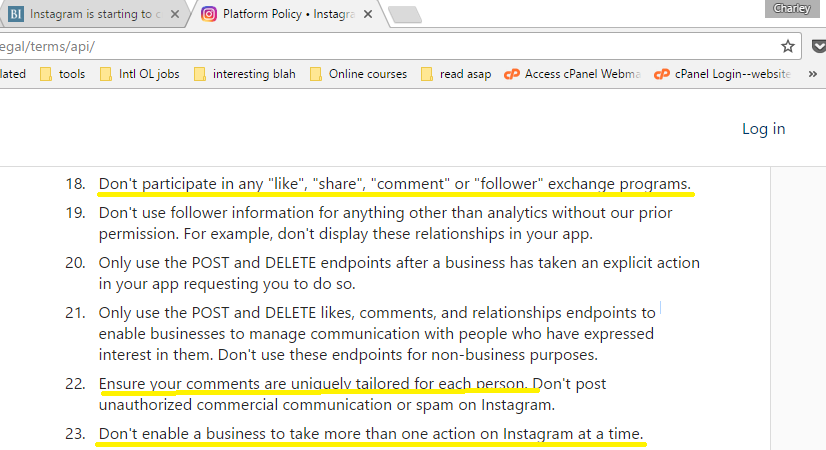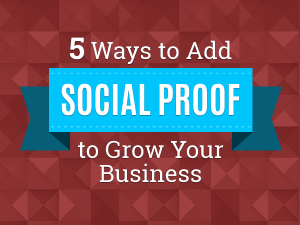 You’re walking down the street, and you see a newly opened restaurant with a line that stretches all the way around the block. And you think, “The food there must be good… maybe I’ll try it.” It’s the same thing with other online and fashion trends, people see others using it then all of a sudden they want to give it a go. This psychological phenomenon is called “social proof,” and marketers use this tactic a lot to influence our actions.
You’re walking down the street, and you see a newly opened restaurant with a line that stretches all the way around the block. And you think, “The food there must be good… maybe I’ll try it.” It’s the same thing with other online and fashion trends, people see others using it then all of a sudden they want to give it a go. This psychological phenomenon is called “social proof,” and marketers use this tactic a lot to influence our actions.
Businesses use social proof to convince people of a product’s quality, especially if what they’re selling is relatively new or they’re an unknown brand. About 70% of online shoppers look at product reviews before making a purchase, according to a study from Mintel. That’s why Amazon and individual sellers on Etsy display product reviews and star rankings.
But reviews aren’t the only form of social proof. In this article, I’ll show you how to establish your brand’s credibility and authority online through different types of social proof.
How to Display Social Proof That’s Not a Testimonial or Case Study
1. Embed Social Media Posts
Monitor different social media networks for positive mentions of your brand, product, or services. Instagram, Facebook, LinkedIn, and Twitter posts that include a picture of your product or a positive mention of your brand can be used as social proof. While these social media mentions hardly qualify as a review, it can still validate your brand’s products or services in the eyes of consumers.
2. “As Seen In” or “Featured On”
Let’s say you’re interested in learning how to manage your money and maybe invest a little each month. Which website are you more inclined to trust:
- A site that featured on a popular business and finance publications, such as Wise Bread or NerdWallet
- Or a website that hasn’t been?
If you’re wary of listening to “just anyone,” you’ll likely choose the website that’s already been featured on a well-known website or publication.
You can use this type of social proof by compiling logos of websites and publications where you have been featured or interviewed. These logos tell users that those brands trusted you enough to feature you on their site, and by extension, they can trust you as well. Be warned though, only use an official logo intended for this purpose, which is usually found in the publication’s media page to avoid copyright troubles.
Below is an example from Mr. Money Mustache, a personal finance blog.
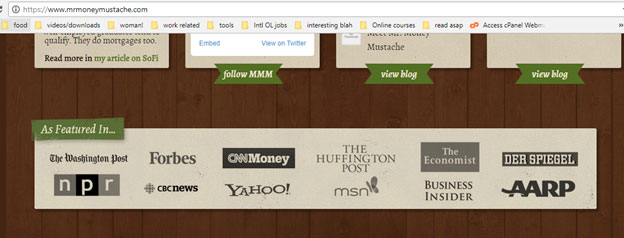
Here are different ways to get featured in popular websites in your niche:
- Guest blogging
- Becoming a guest on a podcast
- Press releases
3. Certifications
Industry licenses, certifications, and accreditations are forms of social proof. It shows your consumers that you are legally allowed to conduct business in your chosen profession and that you have passed the strict standards outlined in your industry.
Using a trust badge can increase your website’s conversion rates up to 30%, so go ahead and display the badges for your certifications. If you don’t have them, contact your certifying institution to get one. Most of them will give you a badge that you can either embed or upload on your site for free.
But what if you don’t have any certifications because they’re not a requirement for your line of work? Just search for a certification course or industry association for your job. For instance, you can find certifications in social media marketing if you search “social media marketing” + “certifications.” Then all you have to do is take the test or training to get certified. If you find an association or organization, just fill out the requirements for membership.
Include your certification and association badges in essential parts of your website, such as your landing page and about page. In the example below, Michelle Riklan, a Certified Job Search Strategist, and Certified Professional Resume Writer displayed her certification badges at the right side of her about page.
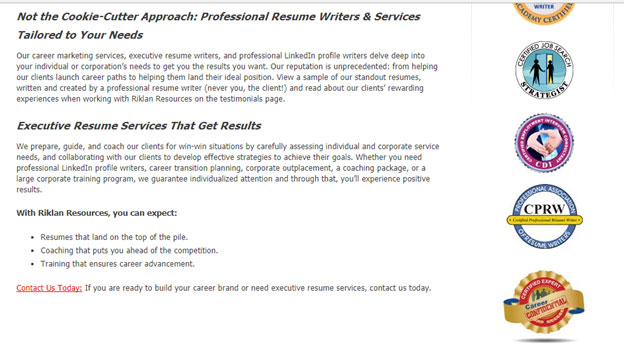
4. Number of Users or Downloads
Show website visitors how many people have used or downloaded your products. Here’s an example from Habitica, a website that allows users to gamify their productivity.

Of course, if you can show a more detailed breakdown of your numbers, that’s even better. Here’s an example from Shopify, a SaaS that allows users to create their own online stores.
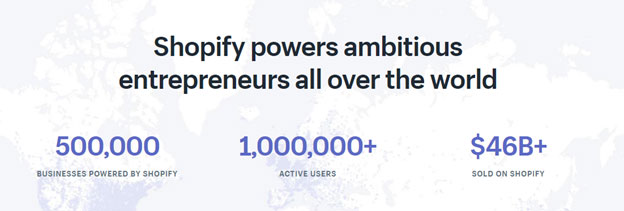
This also works for newsletter sign-ups and the free e-book or report you’re offering in exchange for registering their email. Here’s an example from Bakadesuyo, a fascinating website about personal development and psychology.
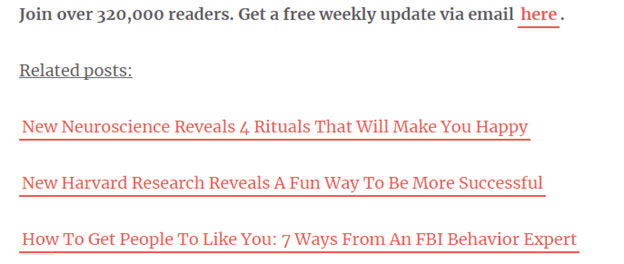
You may want to wait until you have a decent number to brag about. But it doesn’t have to be in the millions range.
5. Social Shares
Want to convince new blog readers to give your content a shot? Show them how many times people have shared your article on social media, preferably near the blog post’s headline. The number of shares shows how many readers found your article informative or entertaining, so the higher the number, the better.
Below is an example from personal finance website, Investmentzen. The article got 139 shares from different social networks.

What About You?
How do you use social proof on your website? If your landing page’s conversion is poor, lack of social proof may be the culprit. Start collecting and adding social proof to your site now, so the next person who visits your website will know that you’re an authority in your niche.
 Thousands of social media accounts are created daily, many of which are from business owners who joined the social media bandwagon after repeatedly hearing stories of how it’s an excellent way to generate awareness and attract more customers for their business.
Thousands of social media accounts are created daily, many of which are from business owners who joined the social media bandwagon after repeatedly hearing stories of how it’s an excellent way to generate awareness and attract more customers for their business. Facebook added new features and changed its news feed algorithm again. But that shouldn’t come as a surprise in light of competition from Snapchat and the way people are using their platform.
Facebook added new features and changed its news feed algorithm again. But that shouldn’t come as a surprise in light of competition from Snapchat and the way people are using their platform.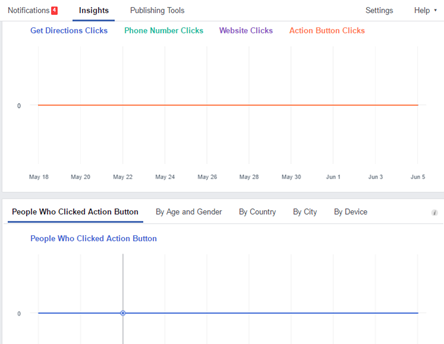
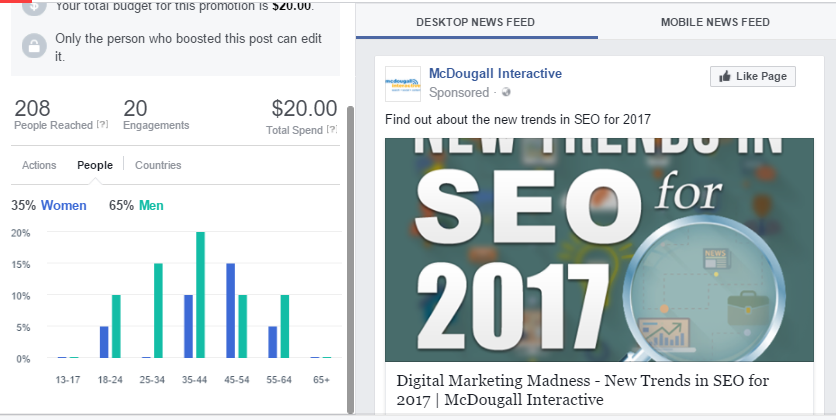

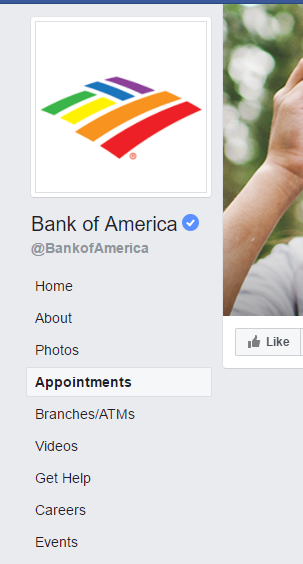
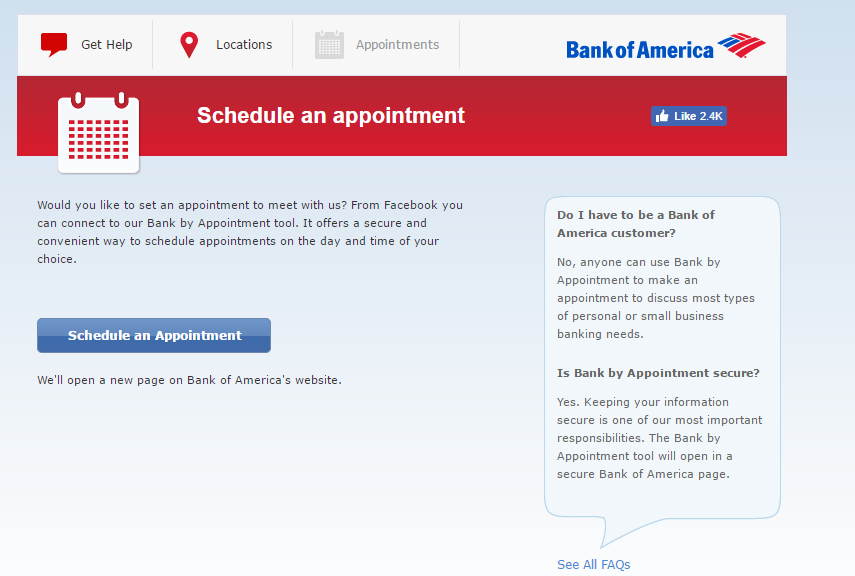
 A few weeks ago I wrote about changes in Instagram’s algorithm, now I’ll show you the platform changes LinkedIn implemented earlier this year.
A few weeks ago I wrote about changes in Instagram’s algorithm, now I’ll show you the platform changes LinkedIn implemented earlier this year.


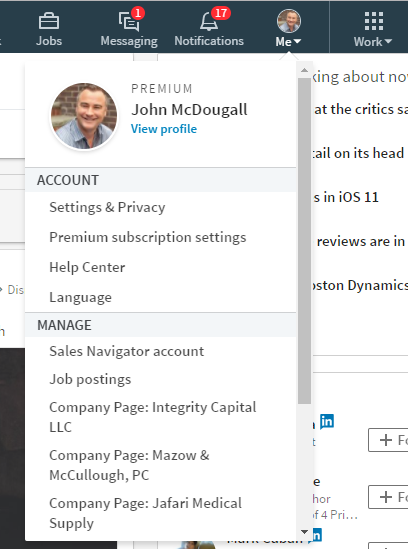

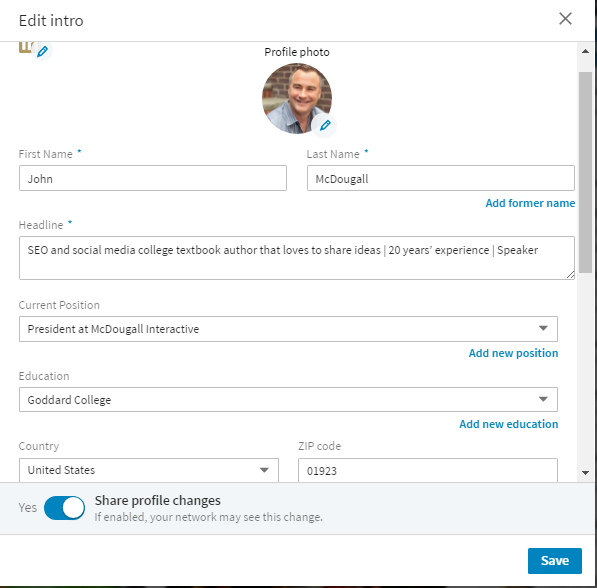

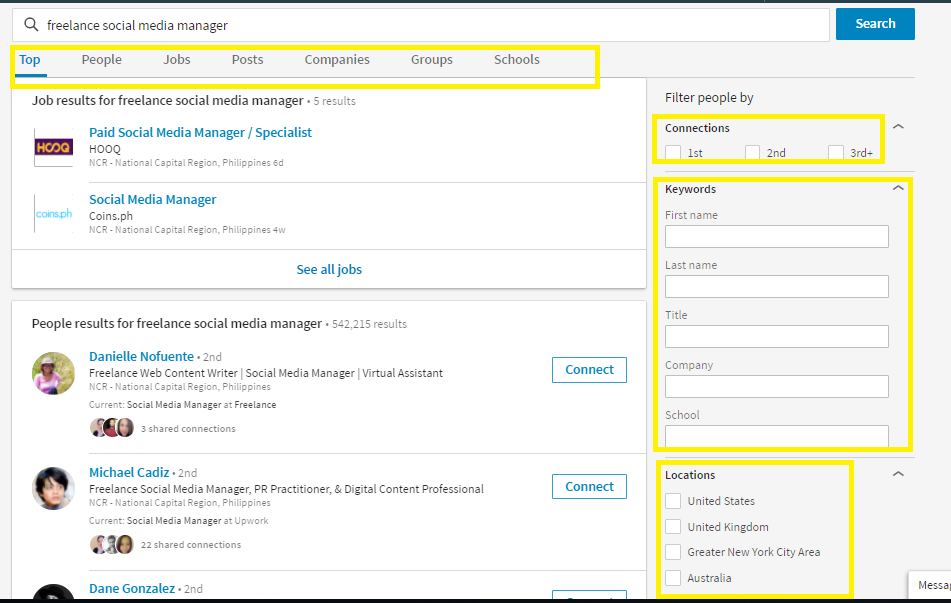

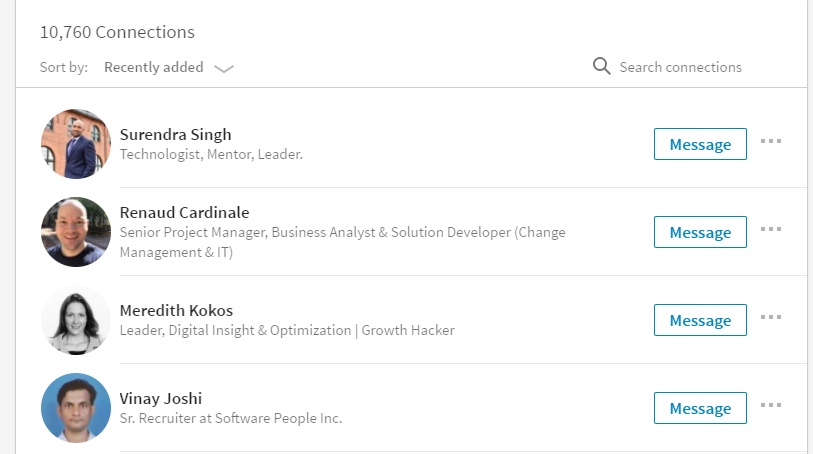


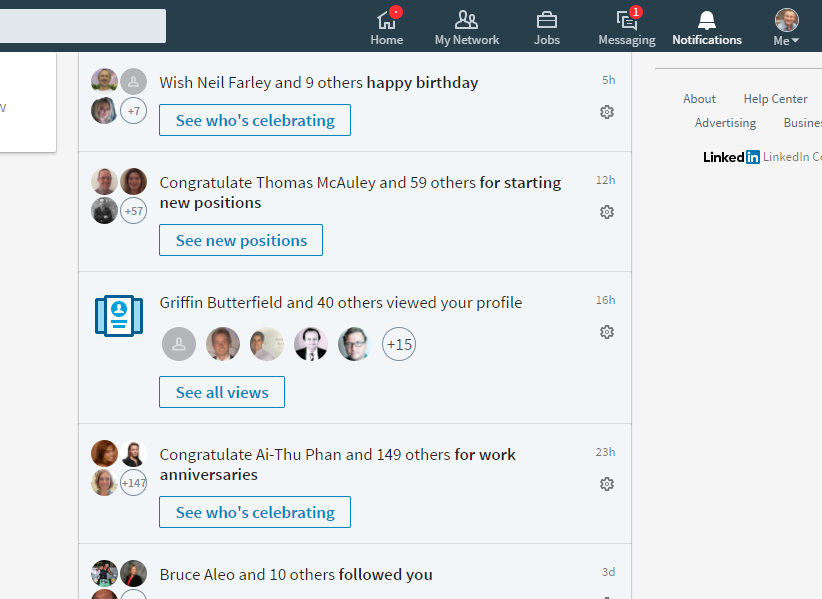
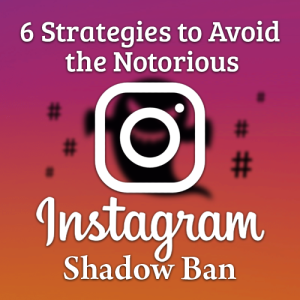 A few weeks ago I wrote about the controversial ‘glitch’ (or algorithm update) that’s pestering Instagram users everywhere –the
A few weeks ago I wrote about the controversial ‘glitch’ (or algorithm update) that’s pestering Instagram users everywhere –the 